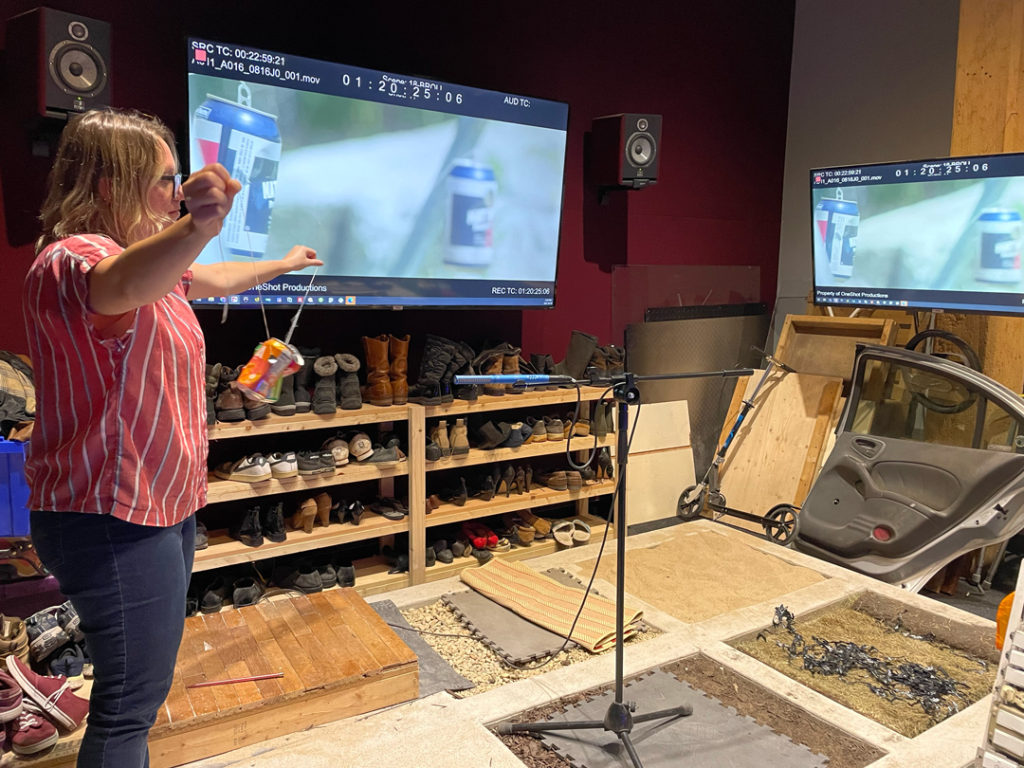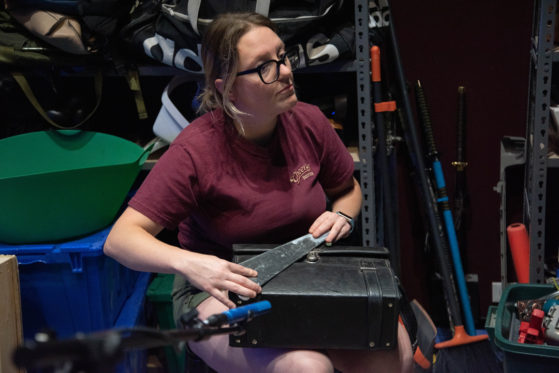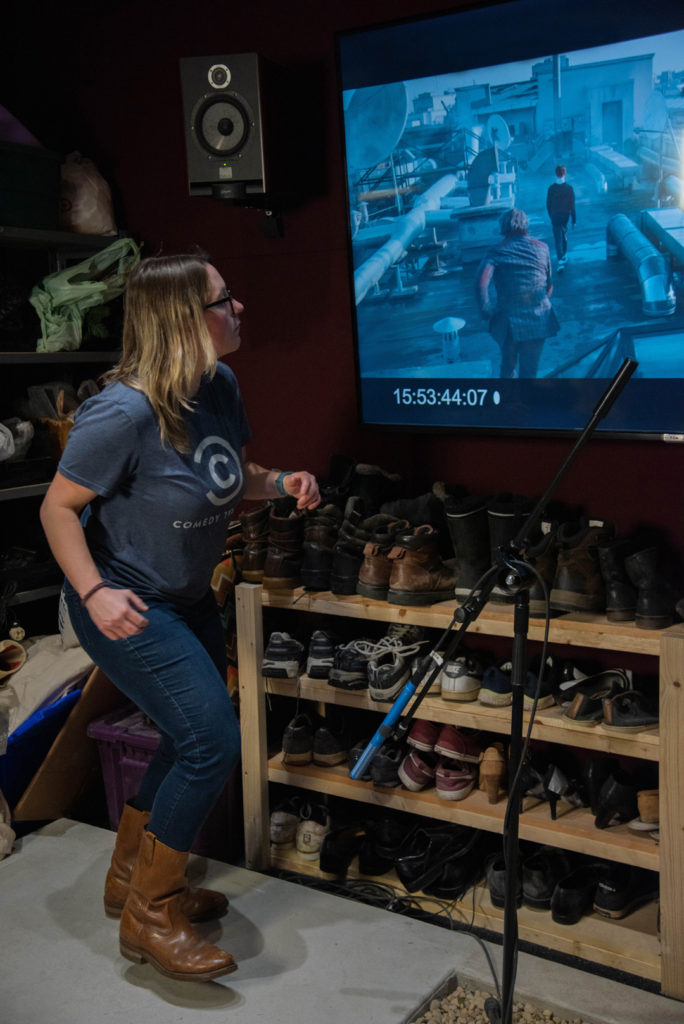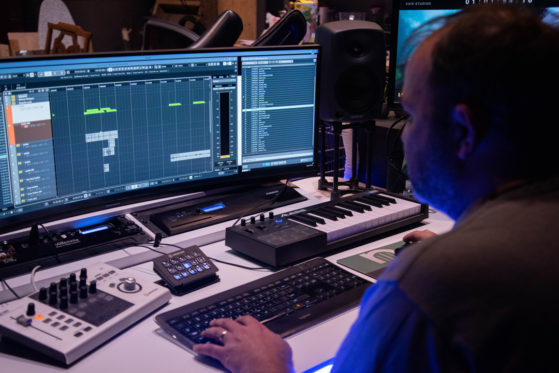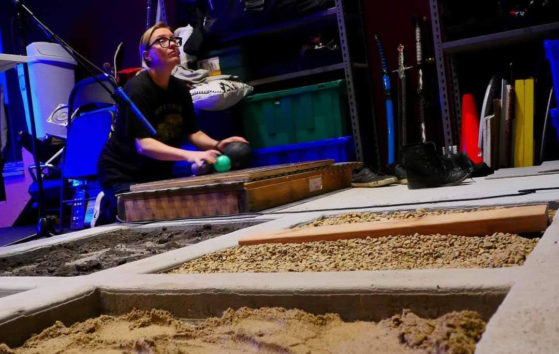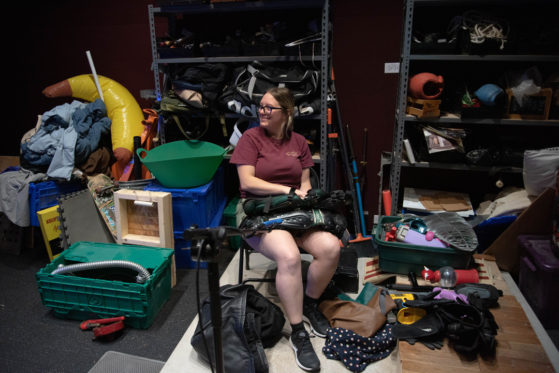When you watch a movie or play a video game, the world you experience is a symphony of sights and sounds that blend seamlessly to create an immersive experience. While visual effects and storytelling play vital roles, the unsung heroes behind the scenes, known as Foley Artists, contribute a significant part in bringing these audiovisual narratives to life. In this article, we’ll dive deep into the fascinating world of Foley, exploring how these talented individuals craft realism in soundscapes.
What is Foley?
Foley is a specialized craft in the realm of sound design, named after Jack Foley, an early pioneer in the field. It was the 1920’s where Jack invented the artistic process of Foley and how it would bring life to stories, first through live radio, but later on the craft would be needed for other audio mediums like video games, film, and podcasts. Foley Artists are responsible for creating and recording the everyday sounds that enhance the authenticity of a scene, even when the original production audio falls short.
Imagine a scene in which a character walks on gravel, picks up a coffee cup, or sits in a chair. These seemingly mundane actions, when captured with precision, can enhance the viewer’s emotional connection and understanding of the story. Foley Artists meticulously recreate these sounds using a variety of props, surfaces, cloth and recording techniques to produce audio that syncs with the on-screen action. Or for projects with no visual, the Foley Artist works with the dialogue, narration, and Audio Directors or Sound Supervisors of the project to create the necessary sounds that will aid in making an audio experience for the listener.
Crafting Realism
The heart of Foley lies in the pursuit of realism. Every footstep, every rustle of clothing, and every creak of a floorboard must be tailored to fit the unique context of the scene. Foley Artists immerse themselves in the characters’ world, envisioning their movements and interactions to create a convincing auditory experience.
To capture the sound of footsteps during the recording session, Foley Artists may use different shoes on various surfaces, like gravel, wood, or carpet, to simulate different terrains. The Foley Artist works closely with a Foley Mixer who is responsible for recording the sound effects the majority of the time using a Digital Audio Workstation (ie. DAW) and capturing a high quality recording along with the accurate perspective of the sound. Sometimes the Foley team may go to a location to record something specific that can not be recorded on the Foley stage or possibly for a reason there are benefits of recording a specific sound on location. The Foley Artist and Foley Mixer work together to ensure the sounds are right and the two are happy before it moves on to the next Foley team member. Once the sound effects are recorded, the audio is then carefully synchronized by a Foley Editor with the visuals (if any) to create a harmonious blend of sound and image.
The Art of Creativity
Foley is both a science and an art, similar to the art of a painter. While technical precision is essential, creativity also plays a significant role. Sometimes, sounds need to be exaggerated to enhance their impact. For instance, the cracking of a thunderbolt might involve crushing a bag of potato chips to create a larger-than-life sound that resonates with the audience. One interesting thing about Foley is it’s not always the actual object that makes the sound you need. And it’s not only one prop that can work for a specific sound. Kissing apples or kissing your hand both work for kissing sounds. A Foley Artist sitting in a chair or using cloth pressed into a chair both work for characters sitting. A hand drill can work for the sound of handling a handgun. If the sound is believable and it works when listening to it, then the Foley team is happy. Noisefloor’s Foley Artist Katie Waters says, “When I first started doing Foley I found myself looking for the actual prop to use for the prop I needed, for example a leather wallet for a leather wallet. I’ve learned with experience, it’s breaking down the materials that create a sound. Now if I have a piece of thick leather paired with some dollar bills I can create the sound of someone pulling cash out of their wallet. I embrace the challenge to dissect what I see, I likely have a sound in my mind for those elements and go hunt for props to emulate the whole prop.”
The Magic Behind the Scenes
Next time you’re immersed in a movie or a game, pay attention to the details that you hear. The squeak of a door, the clinking of glasses, or the subtle rustle of clothing – these are the fruits of the labor of Foley Artists. Their dedication to authenticity elevates storytelling, drawing audiences into the narrative in ways they might not even consciously recognize. “I love to see a project in it’s entirety first before hitting the ground working so I can get to know the characters and the story. It’s nice to experience something as an audience would and then ask myself, what can I add to this to amplify it?” says Katie.
In a world where both audio and audiovisual experiences have become increasingly sophisticated, the role of a Foley Artist remains as relevant and crucial as ever. So, the next time you’re moved by the subtlety of a sound in a movie or a game, remember that there’s a Foley Artist behind that magic, sculpting the world of sound one meticulously crafted sound effect at a time. “Our role is like a sound scientist. We dissect what we see or what we envision for a sound, gather the chemicals and mix them together to create a tasteful masterpiece. I think Foley Artists are much like Professor Philip Brainard (Robin Williams in the movie Flubber). When you’ve blended these layers that make one thing, it can be a very satisfying moment to experience when listening back to it. Hopefully the audience doesn’t notice it though. I just want it to be there, a part of the world, and it feels real, no questions asked.”
